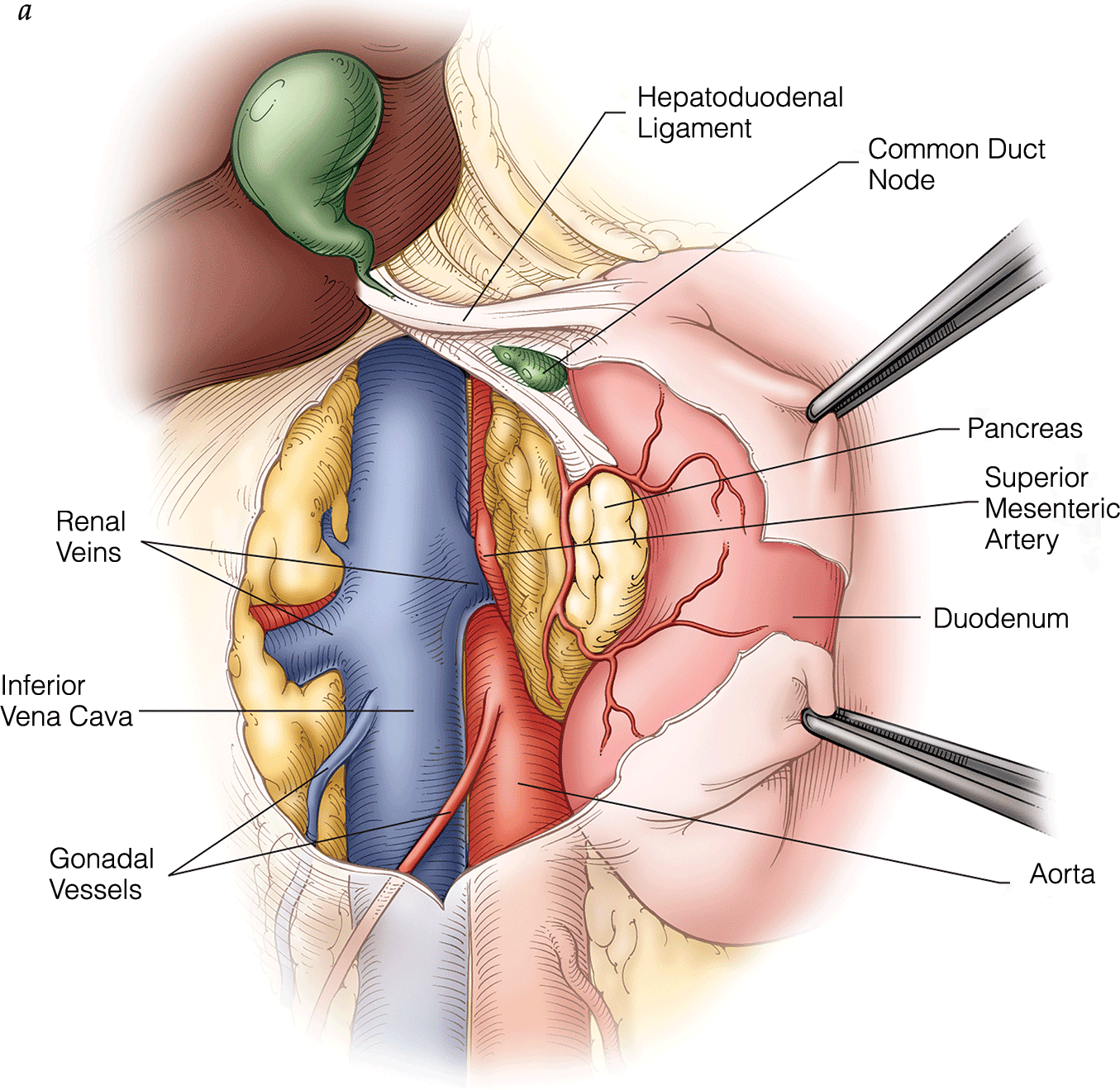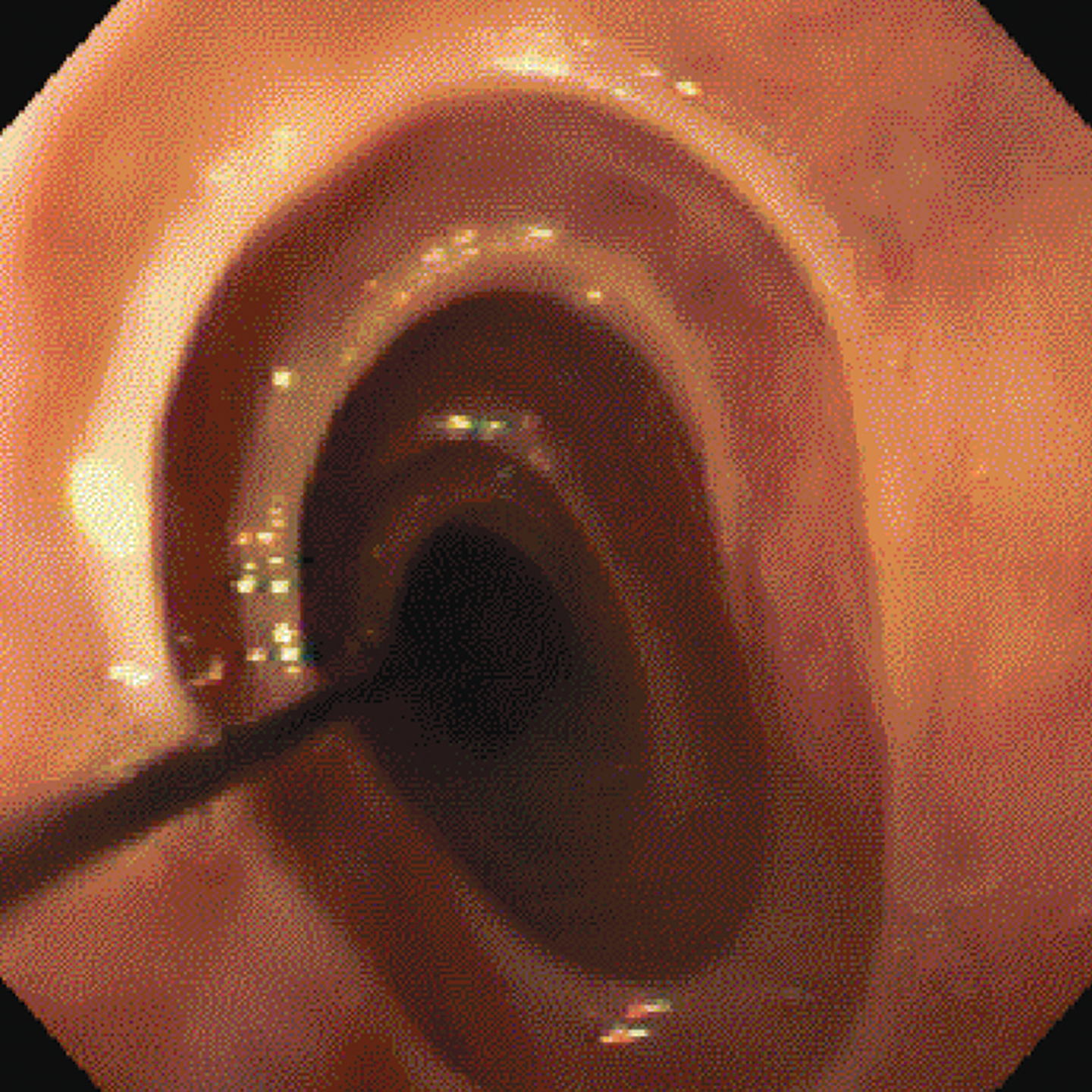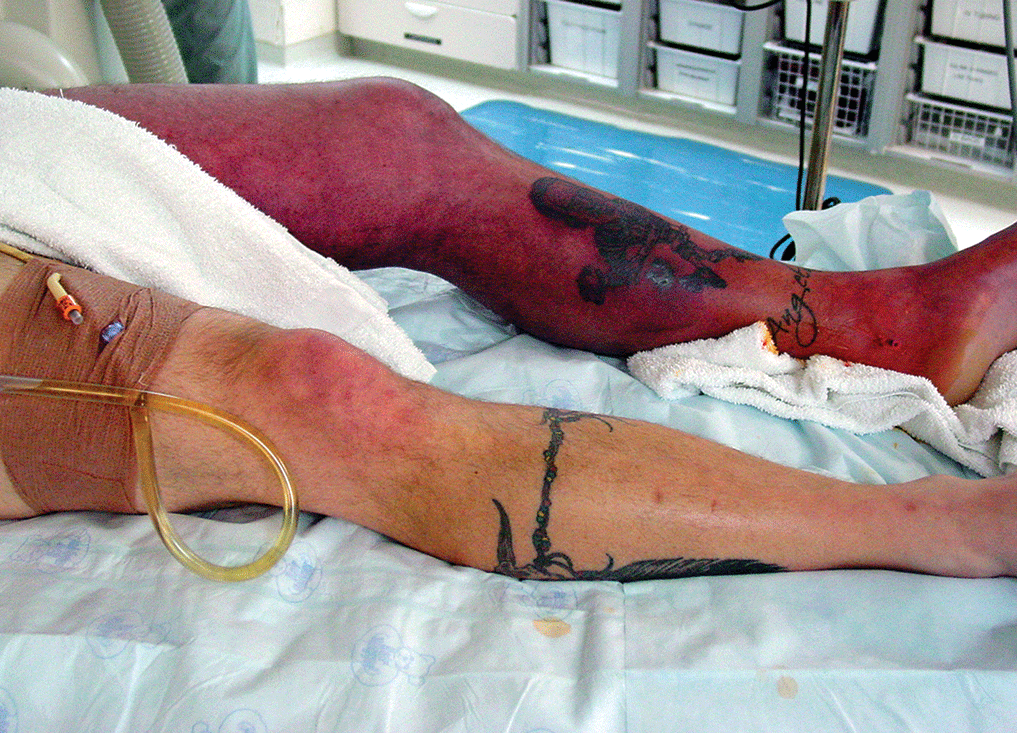Periampury and Pancreatic Adenocarcinoma
- Patients with borderline resectable pancreatic adenocarcinoma who are able to undergo successful resection may have survival comparable to patients with resectable disease.
- For patients with locally advanced pancreatic adenocarcinoma, neoadjuvant FOLFIRINOX may allow up to 61% of patients to undergo successful resection.
- For patients with resectable pancreatic adenocarcinoma and a positive intraoperative frozen section, additional resection to achieve a negative neck margin after a positive frozen section may not be associated with improved overall survival.







.png)







